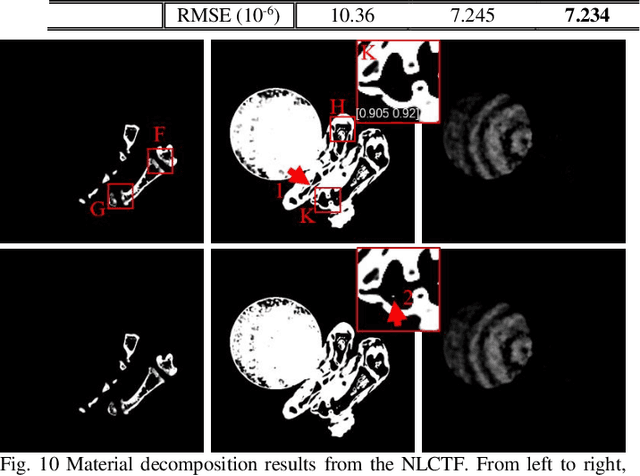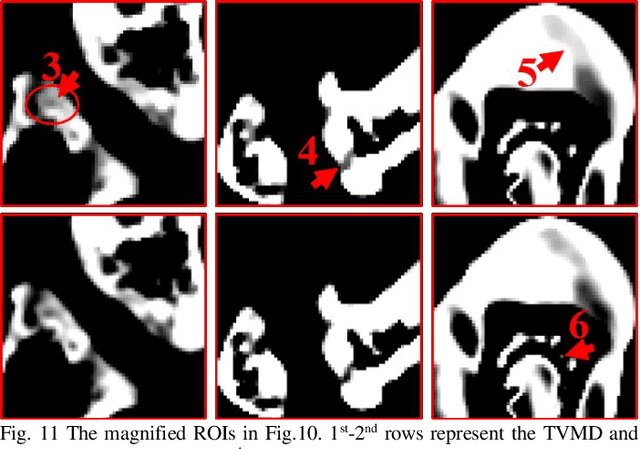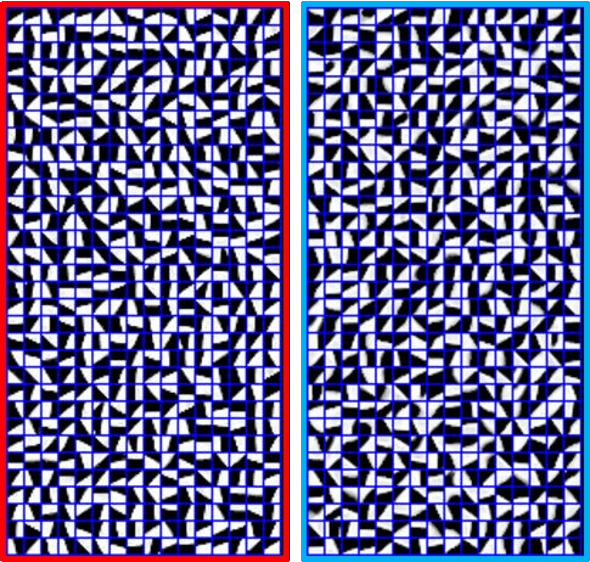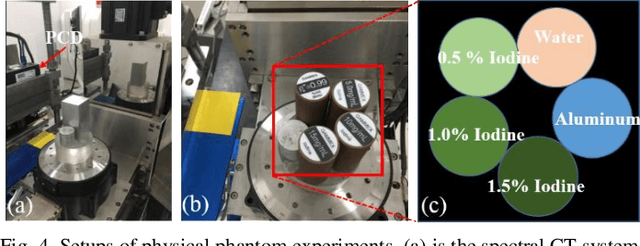Peijun Chen
DLIMD: Dictionary Learning based Image-domain Material Decomposition for spectral CT
May 24, 2019



Abstract:The potential huge advantage of spectral computed tomography (CT) is its capability to provide accuracy material identification and quantitative tissue information. This can benefit clinical applications, such as brain angiography, early tumor recognition, etc. To achieve more accurate material components with higher material image quality, we develop a dictionary learning based image-domain material decomposition (DLIMD) for spectral CT in this paper. First, we reconstruct spectral CT image from projections and calculate material coefficients matrix by selecting uniform regions of basis materials from image reconstruction results. Second, we employ the direct inversion (DI) method to obtain initial material decomposition results, and a set of image patches are extracted from the mode-1 unfolding of normalized material image tensor to train a united dictionary by the K-SVD technique. Third, the trained dictionary is employed to explore the similarities from decomposed material images by constructing the DLIMD model. Fourth, more constraints (i.e., volume conservation and the bounds of each pixel within material maps) are further integrated into the model to improve the accuracy of material decomposition. Finally, both physical phantom and preclinical experiments are employed to evaluate the performance of the proposed DLIMD in material decomposition accuracy, material image edge preservation and feature recovery.
Low-dose spectral CT reconstruction using L0 image gradient and tensor dictionary
Jul 24, 2018



Abstract:Spectral computed tomography (CT) has a great superiority in lesion detection, tissue characterization and material decomposition. To further extend its potential clinical applications, in this work, we propose an improved tensor dictionary learning method for low-dose spectral CT reconstruction with a constraint of image gradient L0-norm, which is named as L0TDL. The L0TDL method inherits the advantages of tensor dictionary learning (TDL) by employing the similarity of spectral CT images. On the other hand, by introducing the L0-norm constraint in gradient image domain, the proposed method emphasizes the spatial sparsity to overcome the weakness of TDL on preserving edge information. The alternative direction minimization method (ADMM) is employed to solve the proposed method. Both numerical simulations and real mouse studies are perform to evaluate the proposed method. The results show that the proposed L0TDL method outperforms other competing methods, such as total variation (TV) minimization, TV with low rank (TV+LR), and TDL methods.
 Add to Chrome
Add to Chrome Add to Firefox
Add to Firefox Add to Edge
Add to Edge